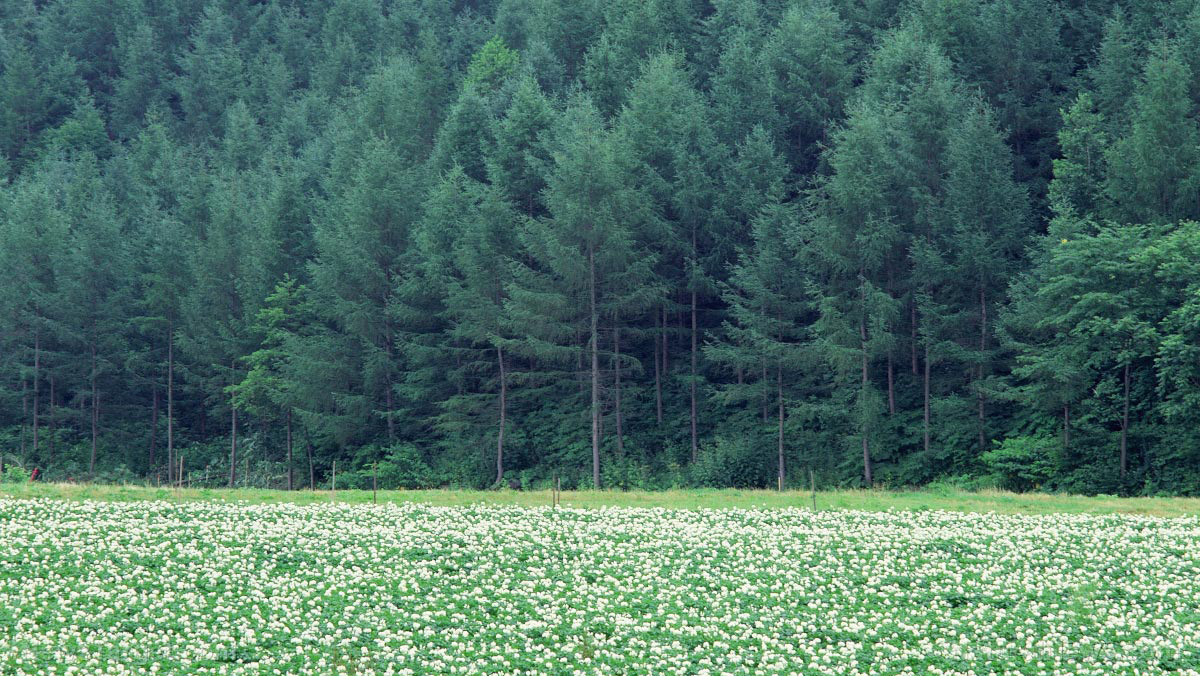
The researchers looked at people’s outdoor natural environments in terms of the amount of green space that surrounds them in the form of parks, forests or grass. They also examined the blue space in their surroundings, such as visible bodies of salt water or fresh water, and compared these metrics to local suicide rates.
After studying roughly 400 municipalities throughout the Netherlands, they found that those that boast moderate or large proportions of green space have a lower suicide incidence than those with small amounts of green space. The same mechanism was not true of blue spaces, however.
It is worth keeping in mind that suicide rates are generally associated with the socioeconomic characteristics of an area, which can be related to the natural environment of an area as well. For example, poor areas are sometimes more densely built and have fewer green spaces than affluent neighborhoods, and those living in poverty are also more likely to kill themselves. When the researchers took this into account, their findings held but to a lesser degree. For example, there was a 24 percent lower suicide incidence in areas with lots of green space; this was halved to 12 percent after adjusting for confounders like socioeconomic status.
Nevertheless, other studies have yielded similar findings. A South Korean study, for example, that was carried out by that country’s Ministry of Health and Welfare linked a lack of greenery with depression and suicide. They reached their conclusions based on data from 230,000 people older than 20. Those who lived in areas that lacked access to nature had a 1.27-times higher likelihood of experiencing symptoms of depression and a 20 percent higher chance of getting an official diagnosis of depression when getting professional help. Those who lived in nature-deficient areas were also found to have a 27 percent higher risk of attempting suicide.
Around 800,000 people take their own lives every year, which surpasses the number of people who die in homicides and wars combined, and findings like these could end up saving countless lives if they’re put into action.
The benefits of surrounding yourself with greenery also extend to physical health. Canadian researchers discovered that as the amount of greenery within two blocks of a person’s home increased, their risk of premature death due to natural causes dropped significantly. The researchers in that study, which was also published in The Lancet Planetary Health, were surprised by how great the effects were. Moreover, the positive effects brought on by green surroundings were higher for people in middle age.
Is society going indoors because we've cut down so many trees?
If it feels like society seems to be going insane, we may want to look to the destruction of our planet as a possible cause. It’s easy to dismiss environmental concerns, but studies like these prove just how essential a natural environment is to our well-being.
If you are fortunate enough to live near greenery, get out and take advantage of it as much as possible. Fight depression with sunlight exposure and by breathing in fresh air from plants and trees. The full sensory experience, from hearing natural sounds like birds chirping to touching the earth and taking in the sight of green foliage, can all make a big difference to your state of mind.
Sources for this article include:
Please contact us for more information.






















